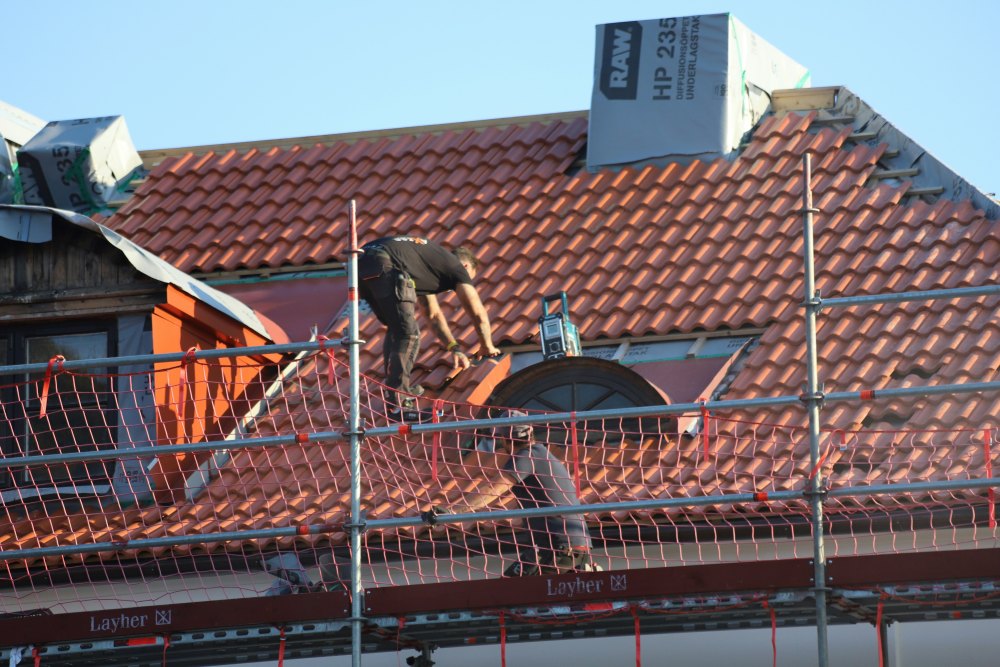For businesses, operational efficiency often extends beyond workforce productivity and process optimization. It includes managing overhead costs like energy consumption. One of the most overlooked areas where companies can achieve significant savings is the building’s roof. Roof insulation plays a critical role in regulating indoor temperatures, minimizing energy loss, and reducing utility bills. By investing in proper roof insulation, businesses can lower costs and contribute to environmental sustainability, and create a more comfortable work environment. In this article, we will explore how roof insulation helps businesses save energy, the types of insulation available, and practical steps for implementation.
Understanding the Role of Roof Insulation
Roof insulation acts as a barrier between the external environment and the interior of a building. In hot climates, it prevents excess heat from entering, reducing the demand for air conditioning. In colder climates, it retains heat, lowering heating requirements. Without proper insulation, energy can escape through the roof at alarming rates, forcing heating and cooling systems to work harder. For businesses, this means higher energy bills and increased wear and tear on HVAC systems. Recognizing the role of insulation is the first step toward implementing effective energy-saving strategies, ensuring that the building maintains a consistent internal temperature regardless of external weather fluctuations.
Types of Roof Insulation for Businesses
Businesses have several options when it comes to roof insulation, each offering distinct advantages depending on the building’s design and climate. Common choices include fiberglass batts, spray foam, rigid foam boards, and reflective insulation. Fiberglass batts are cost-effective and easy to install, while spray foam creates an airtight seal that prevents energy loss. Rigid foam boards are durable and provide excellent thermal resistance, making them ideal for flat or low-slope roofs. For commercial facilities with metal structures, insulating a metal roof can significantly improve energy efficiency by reducing heat transfer and maintaining consistent indoor temperatures. Reflective insulation further enhances comfort by bouncing radiant heat away.
Financial Benefits of Insulating Your Roof
Investing in roof insulation delivers immediate and long-term financial advantages. Energy bills can drop by as much as 20% to 40%, depending on the building’s size and current insulation efficiency. Reduced energy consumption means less strain on HVAC systems, lowering maintenance and replacement costs. For businesses with multiple facilities, these savings can be substantial, directly improving profit margins. Some regions offer incentives, rebates, or tax breaks for energy-efficient upgrades, allowing businesses to offset initial installation costs. From a financial standpoint, roof insulation is a practical investment that pays for itself while providing ongoing cost reductions.
Environmental Impact of Energy-Efficient Roofs
Beyond cost savings, roof insulation contributes to environmental sustainability. Reduced energy consumption lowers greenhouse gas emissions, helping businesses shrink their carbon footprint. For companies prioritizing green initiatives or aiming for certifications like LEED (Leadership in Energy and Environmental Design), installing energy-efficient insulation demonstrates a commitment to eco-friendly practices. Better-insulated roofs reduce the need for extreme heating and cooling, indirectly decreasing reliance on fossil fuels. By investing in insulation, businesses can align operational efficiency with environmental responsibility, creating a positive impact on both the planet and their corporate image.
Enhancing Employee Comfort and Productivity
A well-insulated roof improves workplace comfort. Temperature fluctuations and drafts can make office spaces uncomfortable, reducing employee focus and productivity. Proper insulation ensures a stable indoor climate, allowing staff to work efficiently without the distraction of excessive heat or cold. Comfortable work environments reduce absenteeism and enhance employee satisfaction, contributing to a more productive workforce. For businesses that rely on customer-facing spaces, maintaining consistent temperatures improves client experiences as well. Roof insulation benefits energy efficiency and supports operational performance and staff well-being.
Planning and Implementing Roof Insulation
Implementing roof insulation requires careful planning and execution. Businesses should start with an energy audit to identify areas of heat loss and determine the most effective insulation type. Working with experienced contractors ensures proper installation and compliance with building codes. For existing buildings, retrofitting insulation may involve minimal disruption, but sometimes, roof replacement offers the best long-term solution. Maintenance should be considered, as inspections can prevent damage or wear that reduces insulation efficiency. By planning strategically, businesses can maximize energy savings, protect their investment, and enjoy consistent benefits for years to come.
Energy savings through roof insulation represent a smart, sustainable approach for businesses seeking to reduce costs and environmental impact. By understanding the role of insulation, selecting the appropriate materials, and implementing proper installation, companies can achieve significant financial and operational advantages. Beyond the monetary benefits, insulated roofs enhance employee comfort and support green initiatives, creating a well-rounded value proposition. For any business, investing in roof insulation is about building a more efficient, productive, and environmentally responsible future.
Want to know more ways to manage your home and business?
Snag a free workbook and get inspiration on all the ways to love your life even more.
>>Click Here to Discover Additional Strategies for Managing Stress, Anxiety, and Burnout <<









